Few Australians would realise just how close the recent bushfires came to destroying one of the most valuable art collections in the country.
During Australia’s devastating black summer of 2020, the flames came within 1km of Arthur Boyd’s historic place of residence, threatening a collection of the artist’s works along with those of Sidney Nolan, John Perceval, Charles Blackman and others – including many created by the prodigious Boyd clan – estimated to be worth in excess of $40m.
Some 3,800 works of art, including paintings, sculptures, ceramics and archival photographs, were evacuated from Bundanon – in New South Wales’ Shoalhaven region – between November 2019 and January 2020. They have remained in a secure Sydney location ever since.
Now, over coming weeks, the collection will be quietly repatriated. But it will be returning to a dramatically different habitat.
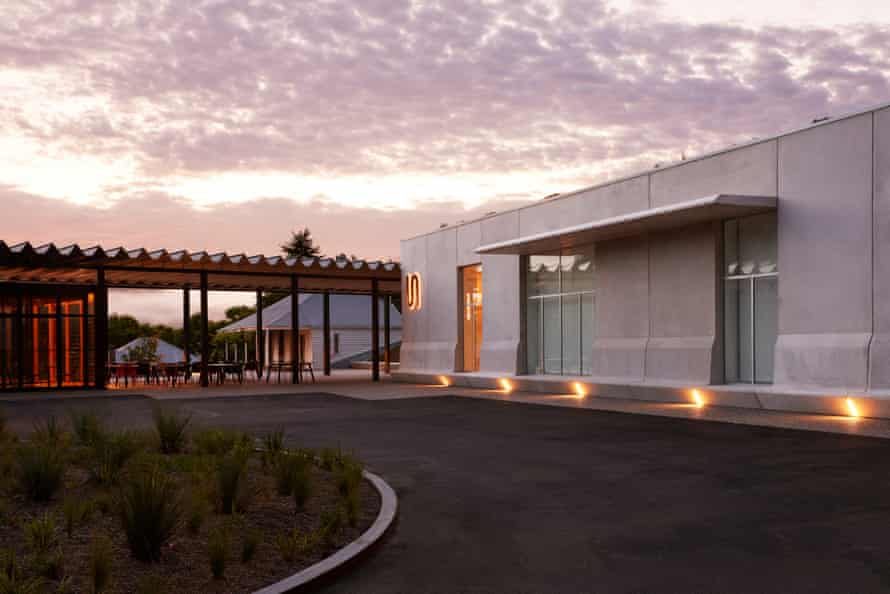
On 5 March the new Bundanon art museum officially opens its doors to the public: a $36m gallery that becomes one of just eight National Collecting Institutions (NCIs) recognised by the federal government.
Six of those eight institutions are located in the nation’s capital, including the Australian National Gallery and the Australian National Museum. Bundanon is the only NCI in regional Australia.
Perched on the shores of the Shoalhaven River, with Morton national park as a backdrop, there are high hopes from both the federal government (which contributed $22.5m) and NSW ($10.3m) that Bundanon will become a regional tourism destination. (Visitors travelling to Bundanon via Sydney can take advantage of another new regional gallery on the way: the Ben Quilty-established Ngununggula, a converted heritage-listed dairy which opened in Bowral in the Southern Highlands last October.)
Sign up to receive Guardian Australia’s weekend culture and lifestyle email
Rachel Kent left her position as the Museum of Contemporary Art’s long-serving head curator to lead the Bundanon venture.
“I think this makes a really bold statement about this particular area; it is a serious investment in the south coast and the Shoalhaven Illawarra region,” she said. “What it will do is offer a new vision around destination tourism.”
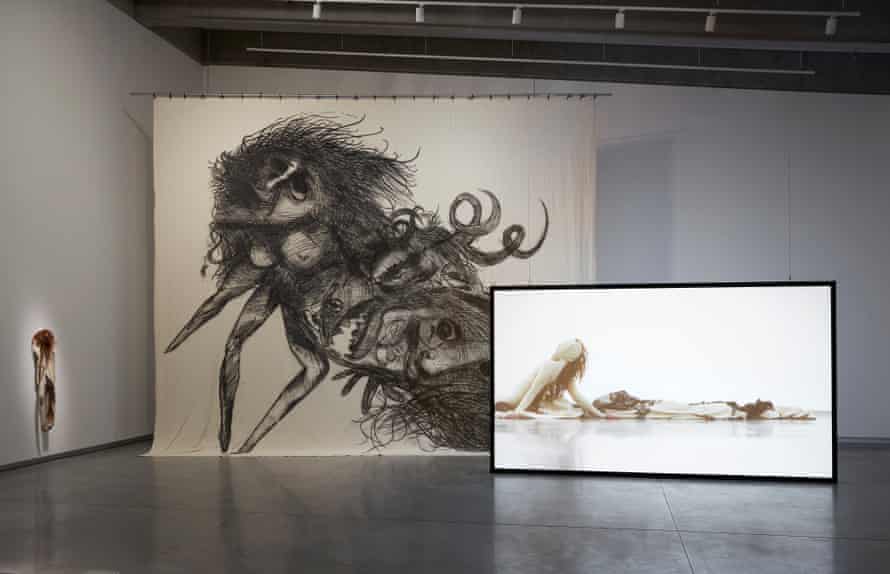
Kent draws an ambitious comparison between Bundanon and world-renowned art destinations such as the Dia Beacon in upstate New York and Japan’s cluster of art islands in the Seto Inland Sea, where art and architecture are embedded into the landscape.
In the case of Bundanon, it is an art space embedded quite literally: a part-subterranean gallery carved in concrete into a hillock on the 1,000-hectare Boyd bushland estate, which the artist and his wife Yvonne bequeathed to the Australian people in 1993.
The bequest includes the 1866 Bundanon Homestead 9km from the art museum, home to the artist and his family from the early 1980s. In keeping with Boyd’s desire to ensure Bundanon “be accessible to any Australian whose life can be enriched by interaction with Australian creative artists”, the homestead – along with the studio the artist painted in during the last two decades of his life – is open to the public every Sunday.
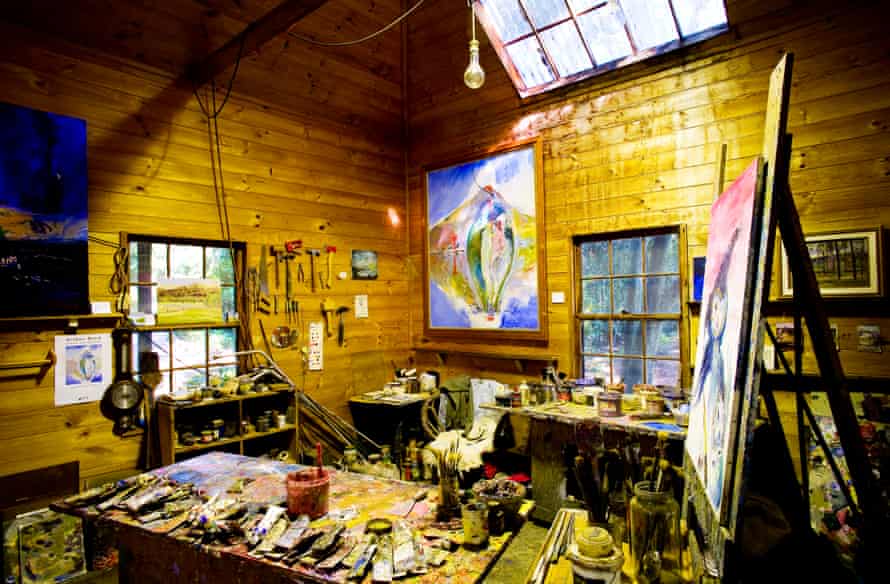
Only the facade of the Kerstin Thompson Architects-designed building is visible, a key to its ability to not only withstand extreme weather, floods and fire, but also to provide thermal stability. Thermo cooling rods embedded 150 metres into the ground add to the comparatively low carbon footprint of the building, whose air conditioning needs claim to be 60% less than those of a standard art museum.
“Art museums are some of the worst environmental offenders,” says Kent. “Of course you have to have temperature control to protect the collection, but it does mean that they crunch through a lot of fossil fuels.”
The adjacent 165-metre Bridge structure – which includes upscale accommodation for 64 guests in 32 rooms, several dining spaces and a flexible learning and meeting space – has eschewed air conditioning altogether. (Packages, which include two nights’ accommodation, fine dining and a full tour, start from $1,320 for one person and $1,650 for two.)
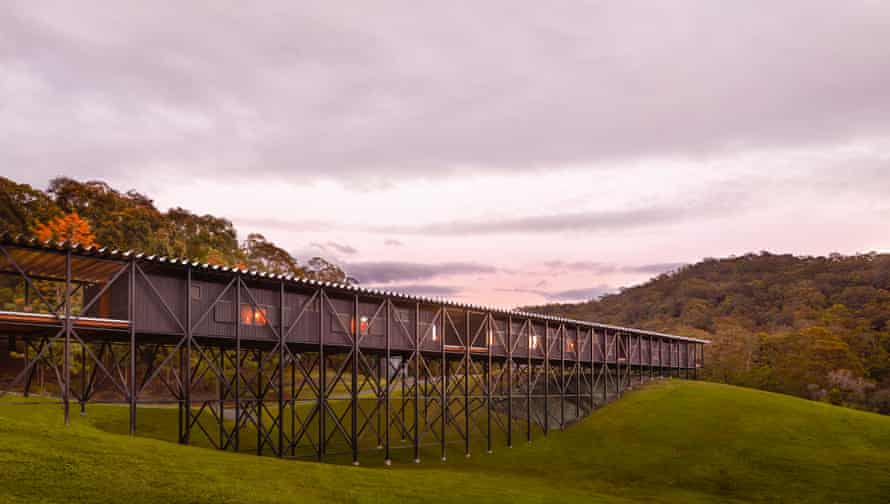
Constructed out of locally sourced blackbutt timber, the Bridge makes use of a cross-ventilation roof system, sliding louvres and shutters, natural breezeways and ceiling fans. Solar panels stretch the entire length of the structure’s roof, which is also deeply grooved to capture enough rain water to service the entire building.
Boyd himself, an environmentalist ahead of his time, would have approved of Bundanon’s net zero energy target.
The artist famously said that no man can ever own a landscape, and his mission was to foster an understanding and appreciation of the landscape in relationship to art.
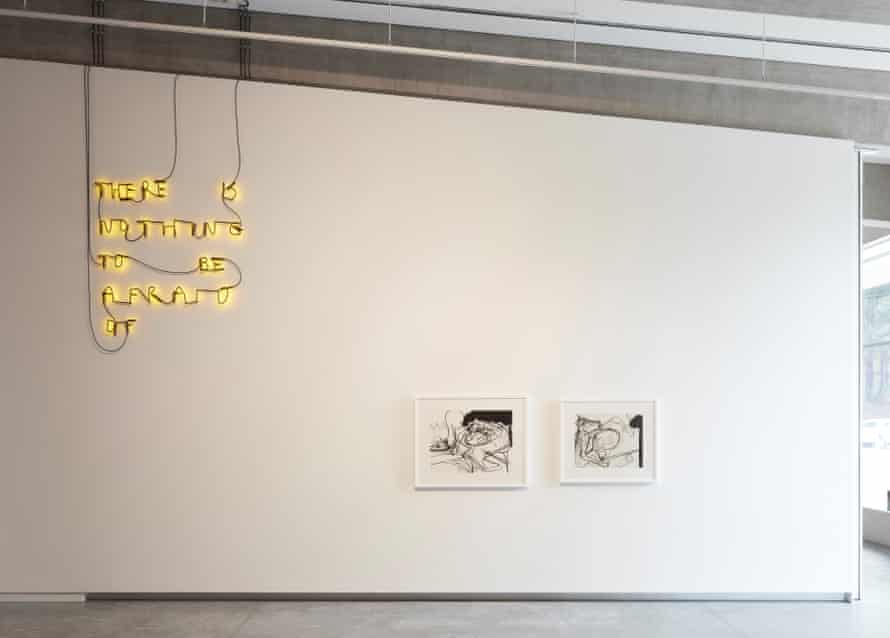
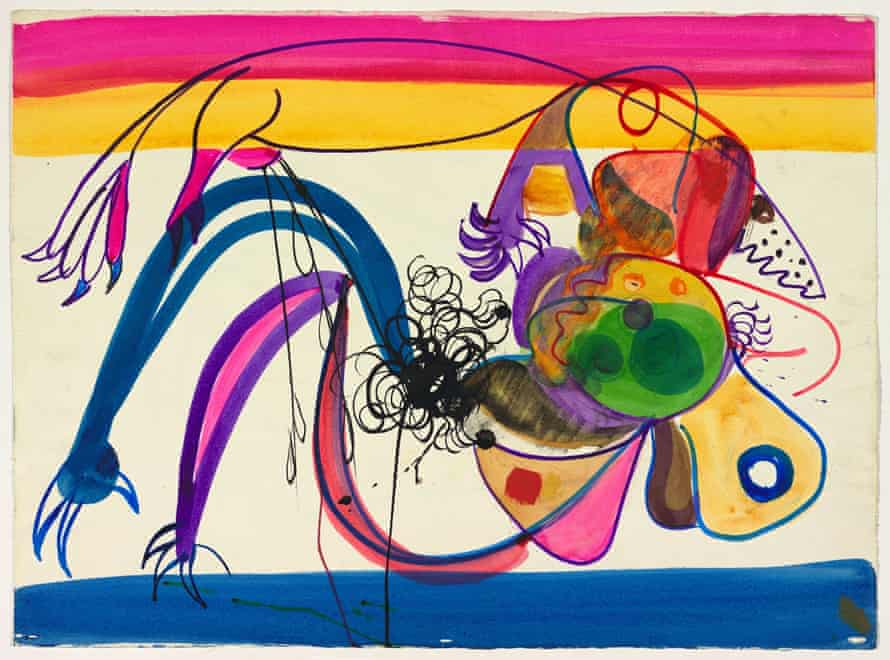
The art museum’s first exhibition, however, will not include any of Boyd’s famous Shoalhaven paintings.
From Impulse to Action delves into the artist’s creative period in the 1960s, including his set and costume designs for a Robert Helpmann production of Elektra, which attracted critical acclaim when staged at London’s Sadler’s Wells Theatre in 1963.
“[The works] look like they were made yesterday,” says Kent. “We’ve already had a few people come in who are real Boyd fans and they are quite blown away to see this quite different dimension of the artist’s practice.”
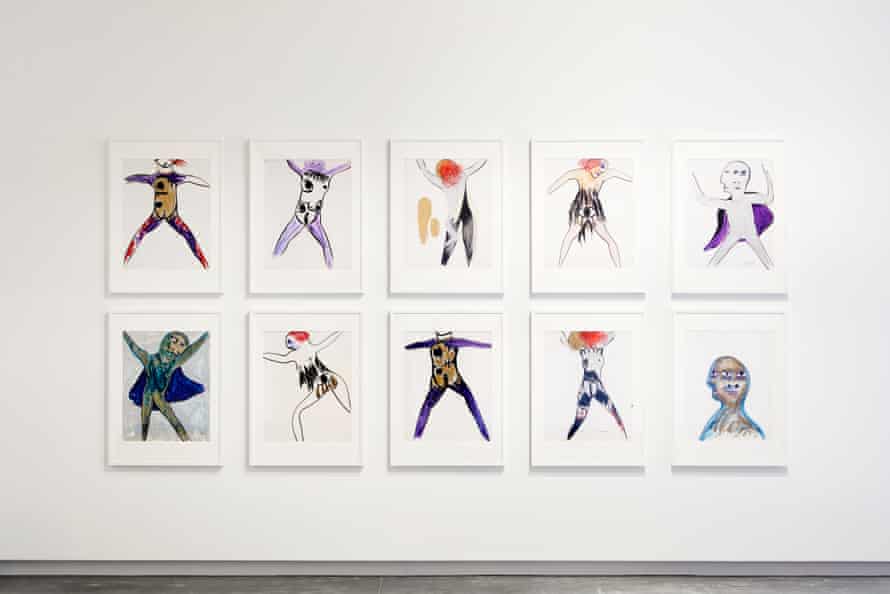
The exhibition – the first of what is expected to be a total of three in any given year – also includes contemporary works from other Australian artists, including Shan Turner-Carroll and Dean Cross, in collaboration with local Shoalhaven elders Uncle Steve Russell and Aunty Phyllis Stewarts.
Spaciously hung in four wide spaces flooded with natural light, curator Sophie O’Brien has delivered an exhibition that appears to make a seamless transition between the contemporary works and those of Boyd from more than five decades ago. Dance artist Jo Lloyd, for instance, used a seven-metre-high reproduction of Boyd’s central backdrop for Elektra as her own backdrop for video installation Death Role, while Rochelle Haley’s installation Dance on a Couch by an Open Window (After Boyd) was inspired by the vibrant colours Boyd used in his ink drawings from the 1960s.
From Impulse to Action runs until 12 June.








More Stories
Photos from the 2022 Baltimore Mayor’s Christmas Parade
Show Don’t Tell | FineArtViews
Julie Karpodini: Painting Instinct – Jackson’s Art Blog